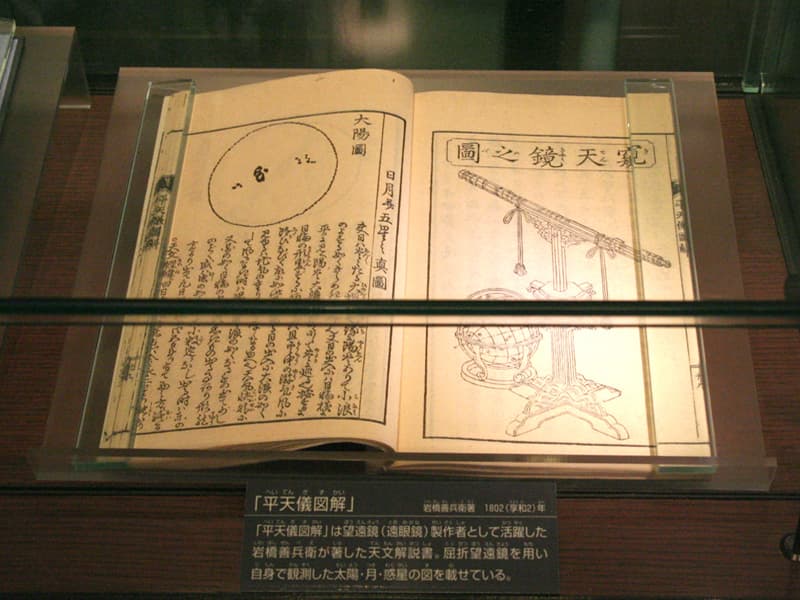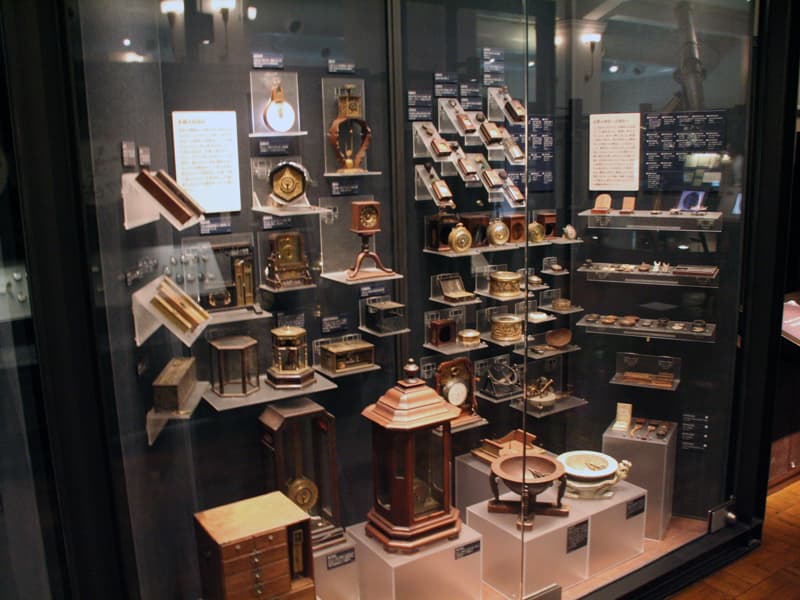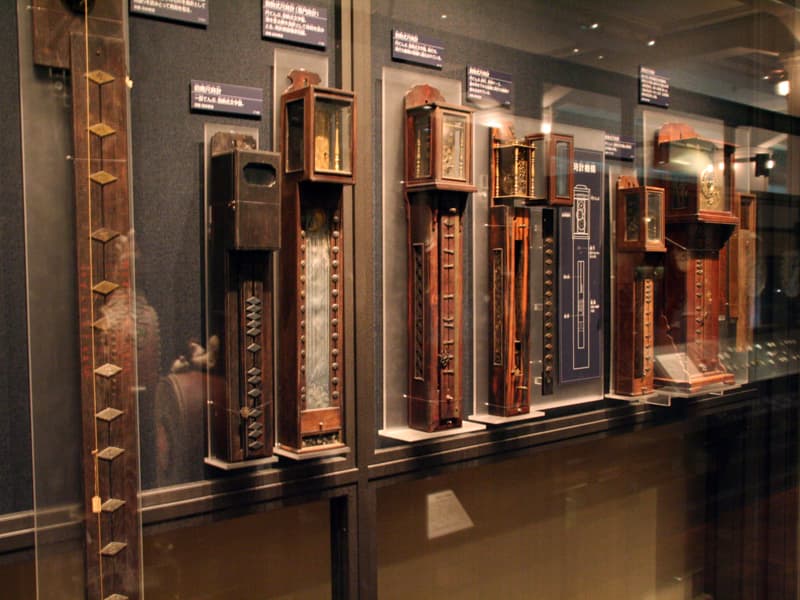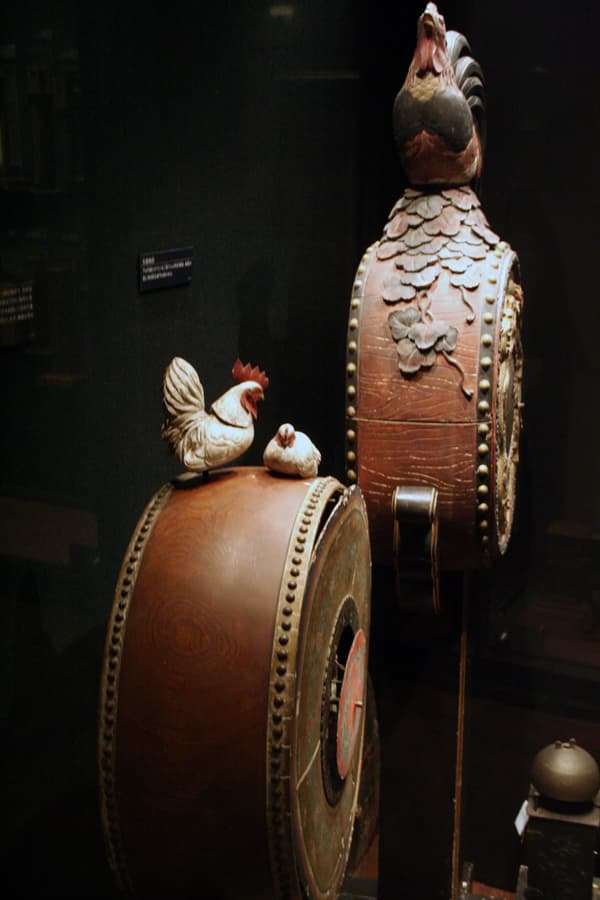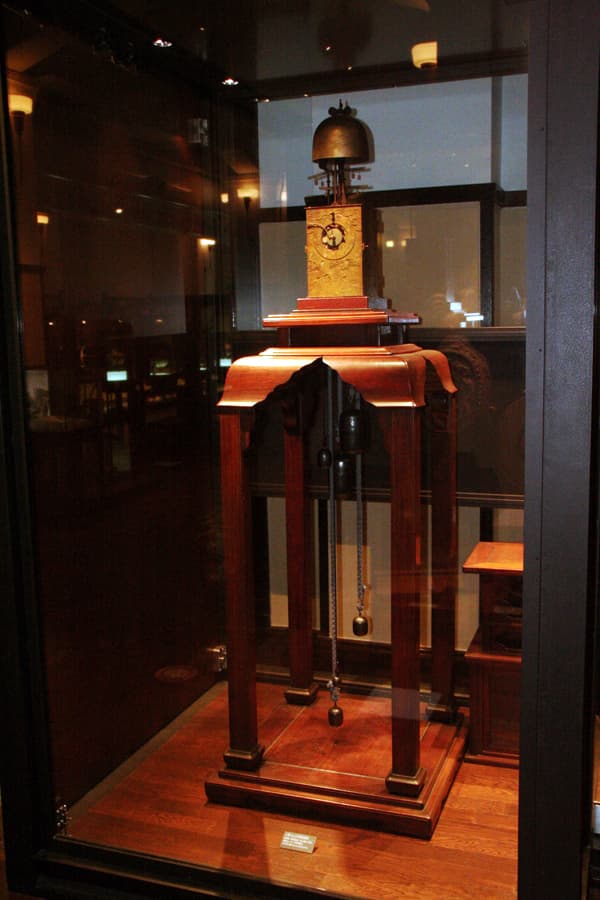
the late Edo Period, the Tokugawa shogunate’s astronomical observatory was built in the location that is now known as Asakusabashi 3-chome. The facility was responsible for conducting astronomical observation, creating calendar-construction rules, surveying lands, compiling geographical descriptions and translating Western books., The observatory was an astronomical office where calendars were compiled, originally, the facility was called "Hanreki-sho Goyo Yashiki," it was also known as "Shitendai" and "Asakusa Tenmondai." The astronomical observatory was essential in order to create accurate calendars.. Hokusai Katsushika was a well-known ukiyoe artist who was active in the late Edo Period. The Asakusa Observatory, equipped with an armillary sphere, is depicted against a backdrop of Mt. Fuji in "Torigoe no Fuji," which is a print contained in "One Hundred Views of Mt. Fuji" by Hokusai. At the observatory, Yoshitoki Takahashi, an official astronomer, and others observed celestial bodies in order to conduct the Kansei calendar reform. Tadataka Inoh was a disciple of Yoshitoki. (Reference: Taito Meisho Zue)

Troughton Astronomical Telescope (an important cultural artefact)
In 1880 the Meiji Government imported this twenty centimeter equatorial refracting telescope, manufactured by Troughton & Simms. This new telescope was initially used by the Ministry of Home Affairs, Geography Bureau. When the Ministry of Education became responsible for observing celestial objects and compiling calendars the telescope was move to Tokyo Astronomical Observatory (present-day National Astronomical Observatory.)

"One Hundred Views of Mt. Fuji, Torigoe no Fuji" by Hokusai Katsushika
"Hanreki-sho Goyo Yashiki" was located east of Torikoe Shrine. Hokusai painted the astronomical observatory against a backdrop of Mt. Fuji, which was seen from Torikoe Shrine.
A variety of Japanese clocks
On exhibit there are a variety of clocks: small pillow clocks, bracket clocks, portable clocks used in front of lanterns, hanging bell shaped clocks (clock mechanisms are embedded inside the bells), Kenbyo clocks(mechanisms are embedded on small inkstone screen-shaped with decorations) and Kesan clocks (mechanisms are embedded in paperweights.)


Troughton Astronomical Telescope (an important cultural artefact)
In 1880 the Meiji Government imported this twenty centimeter equatorial refracting telescope, manufactured by Troughton & Simms. This new telescope was initially used by the Ministry of Home Affairs, Geography Bureau. When the Ministry of Education became responsible for observing celestial objects and compiling calendars the telescope was move to Tokyo Astronomical Observatory (present-day National Astronomical Observatory.)

"One Hundred Views of Mt. Fuji, Torigoe no Fuji" by Hokusai Katsushika
"Hanreki-sho Goyo Yashiki" was located east of Torikoe Shrine. Hokusai painted the astronomical observatory against a backdrop of Mt. Fuji, which was seen from Torikoe Shrine.

















